Protecting & Restoring Long Island's Peconic Bays
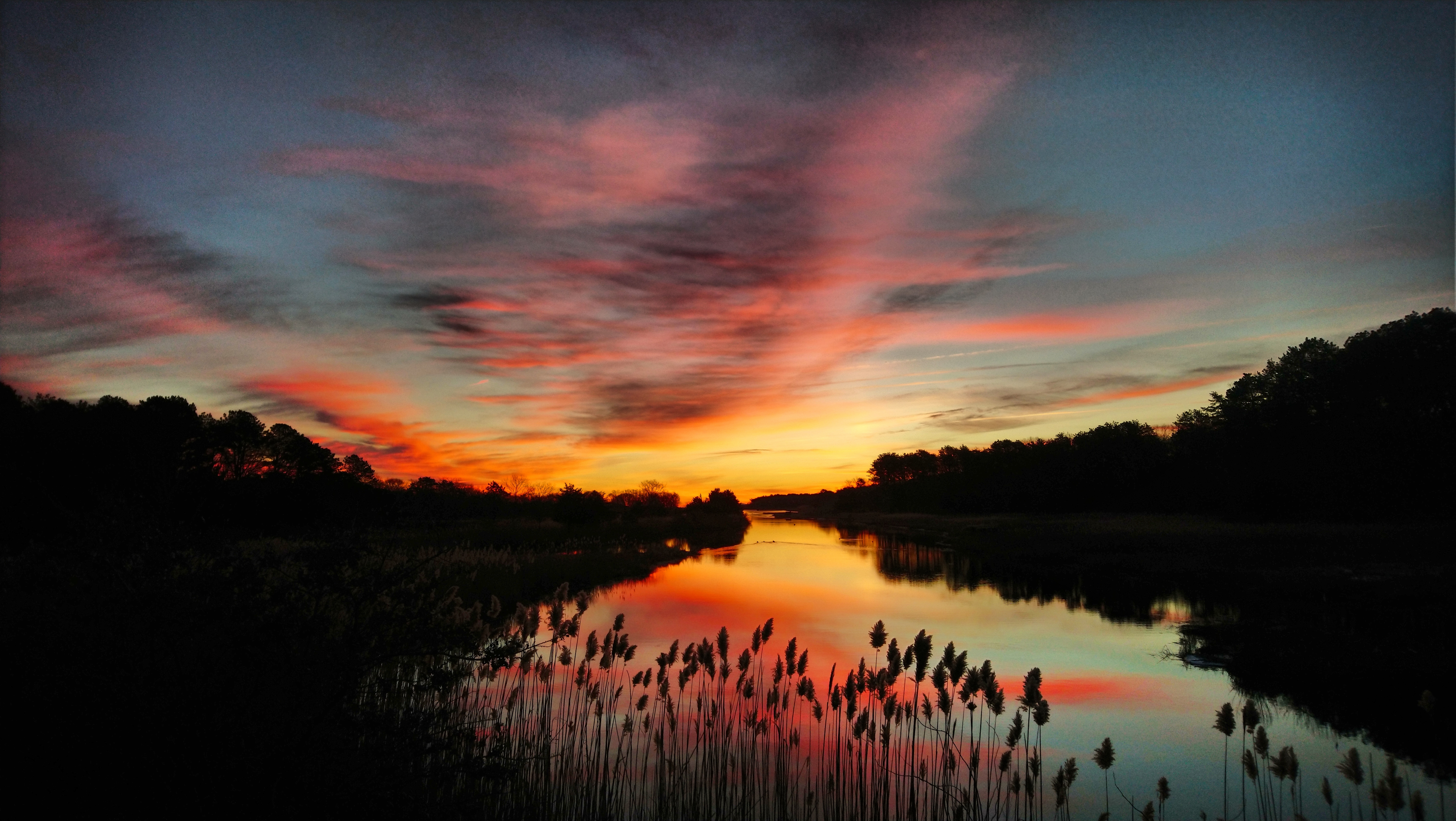
1.Estuaries are beautiful places to live and visit. People are drawn to the scenic rivers, beaches, forests, and surrounding areas of the Peconic Estuary. Our year-round population is about 100,000 people, which nearly triples in the summer. This is incredibly important for the East End economy. Local restaurants, marinas, shops, and other businesses frequented by residents and tourists would suffer if we didn’t protect this vital resource.

2. They offer scenic places to have fun and explore. Estuaries are unique places for all kinds of recreation on the water and on land. The Peconic Blueway Trail offers a quiet, undeveloped kayaking experience. Local swimmers and snorkelers enjoy the Peconic Bays as they are some of the first waters to warm up in the summer. The Peconic Estuary watershed contains all kinds of hiking trails and birding spots, including the Mashomack Preserve on Shelter Island, known as “the Jewel of the Peconic.”
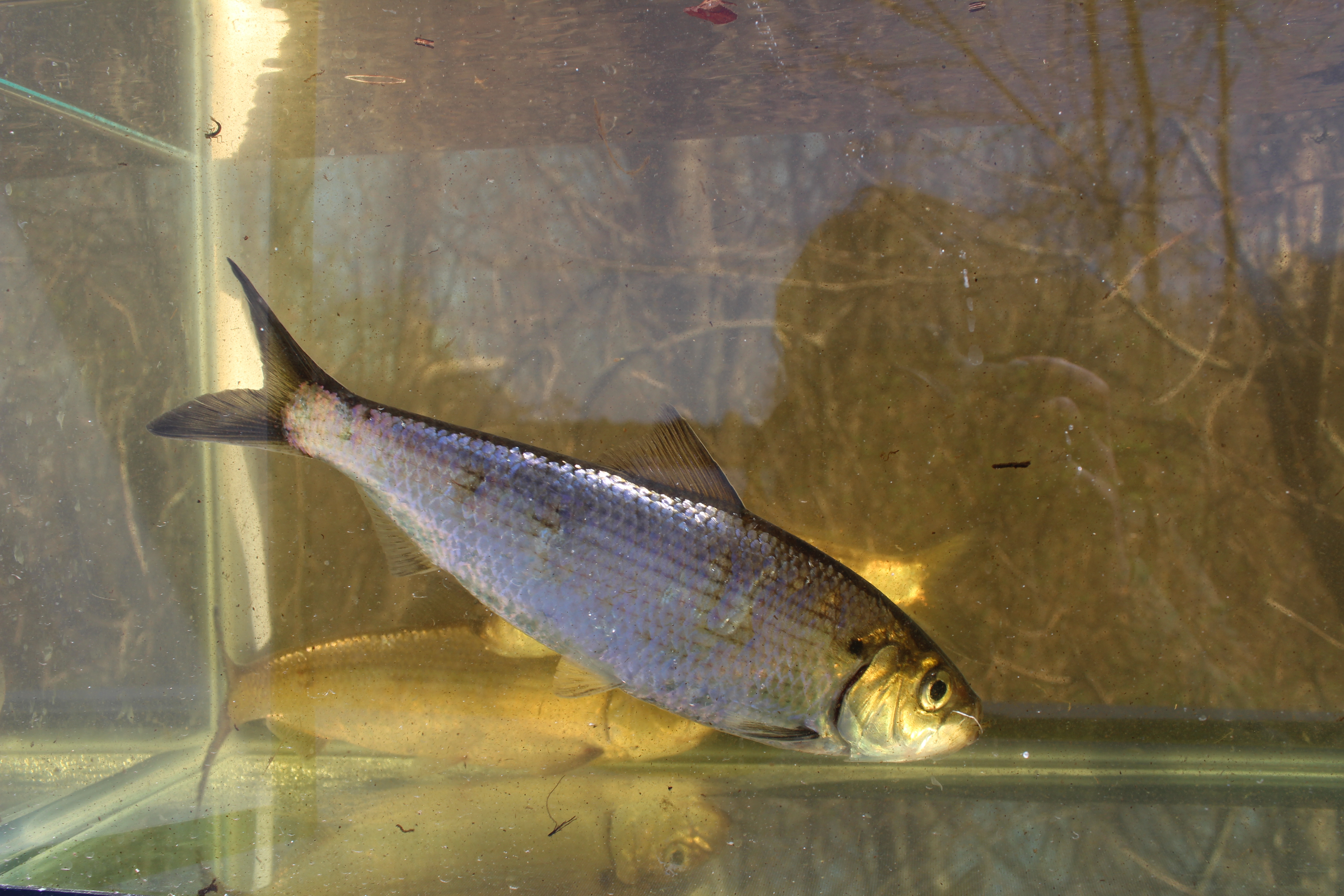
3. Estuaries support fish populations. There are several local fish species you can legally catch in the Peconic Estuary, but did you know there are many more ocean species that visit our brackish waters? About 600 commercial fish species will swim from the ocean to the estuary during their life cycle. For example, alewife are a type of river herring that migrate from the oceans to freshwater every spring to spawn, like salmon. The Peconic Estuary has the largest alewife “run” on Long Island, but they still face several obstacles including dams built in the late 1800s and early 1900s. PEP is working to build fish passages for alewife to help them get around these obstacles to their preferred habitat, opening up acres for spawning.
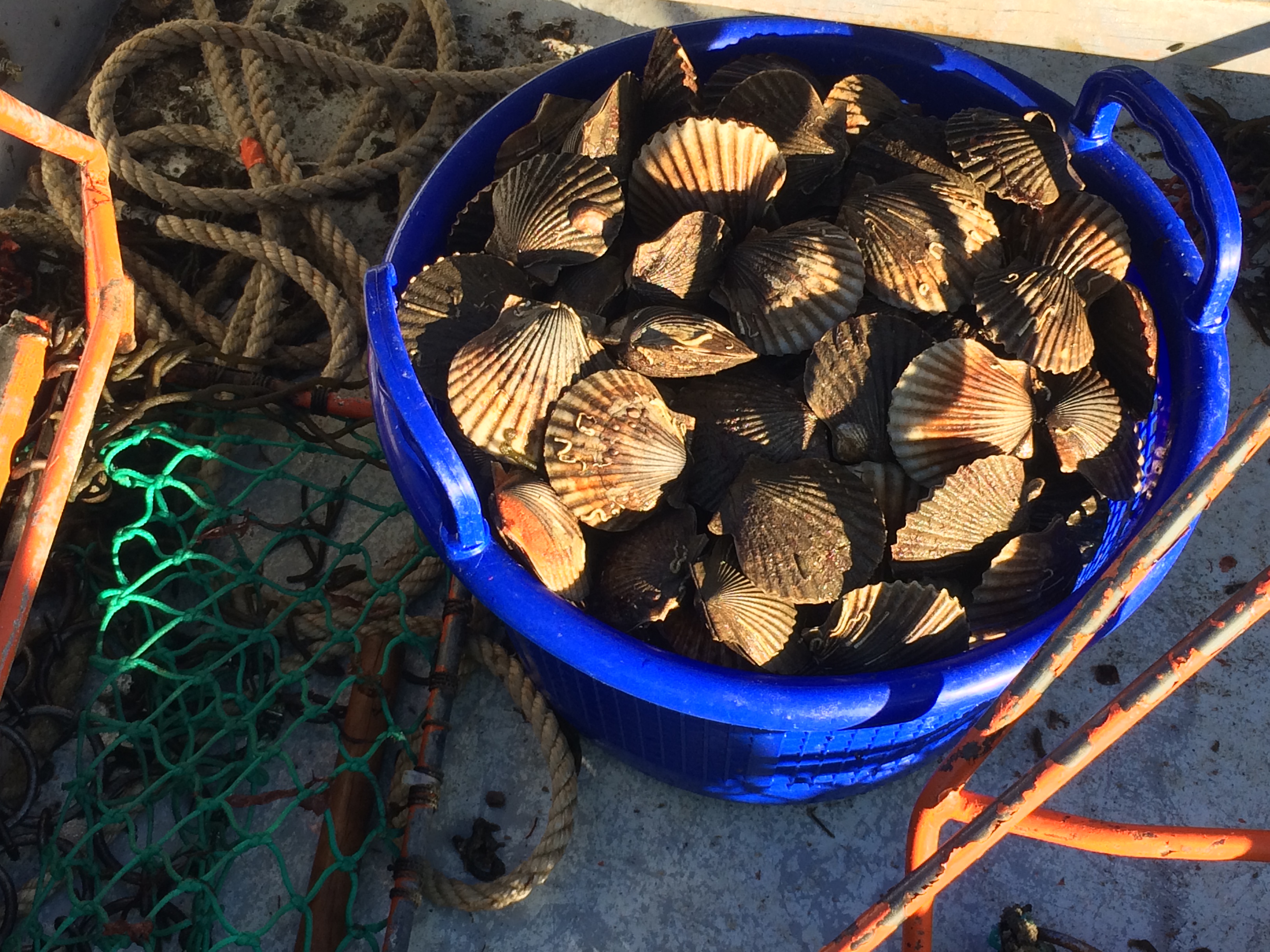
4. Estuaries provide great shellfishing. There are plenty of places around Long Island to find clams and oysters, but there’s only one place you can find the iconic Peconic Bay Scallop. Locals look forward to the opening of scallop season every year, which starts after adult scallops have spawned. The season is timed carefully; since scallops naturally have a short life span, the laws ensure that we only harvest adults that had the chance to reproduce and are nearing the end of their life, making scallops a sustainable seafood choice. They’re also incredibly delicious – there’s a reason they call it “Peconic Gold”! Without quality water conditions, we might not have them.
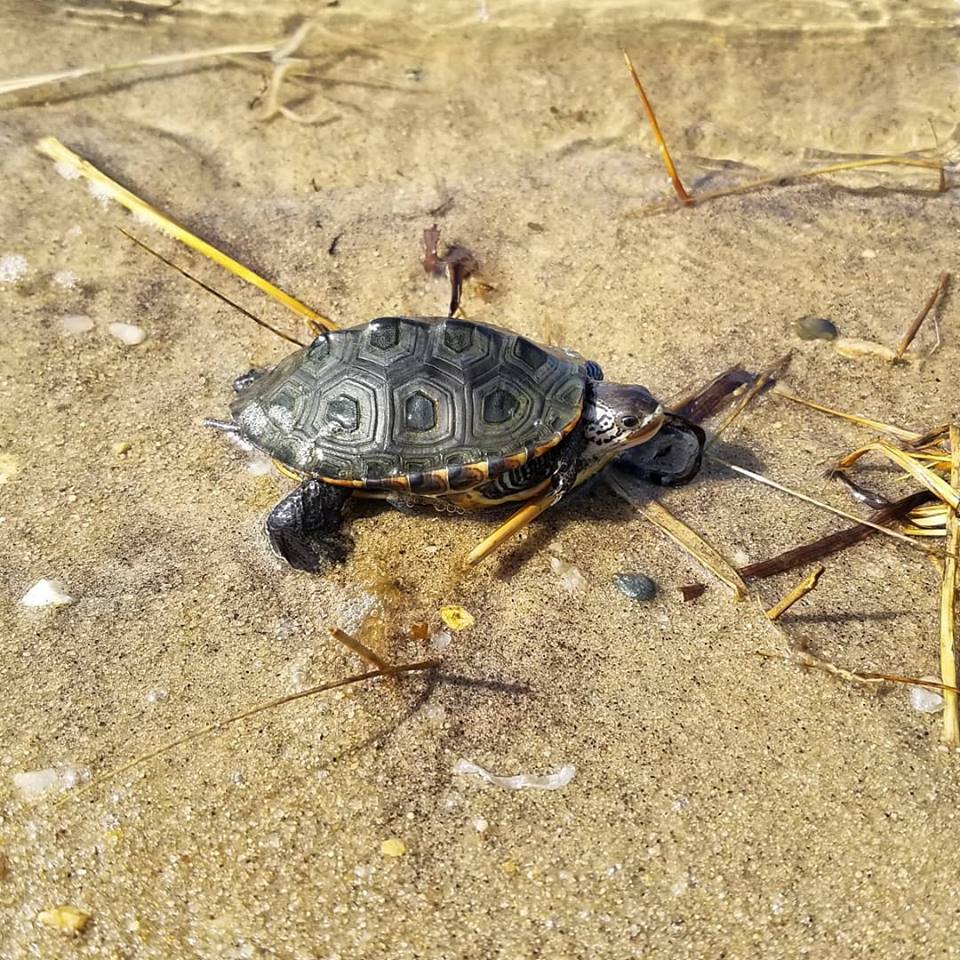
5. They offer protected habitat to rare wildlife. Estuaries provide amazing habitats because they are partially enclosed. Over 100 rare species thrive in this protected environment in different stages in their life. Aquatic, terrestrial and aerial animals will use the Peconic Estuary as nursery habitat for their young, find food, and rest during migration.
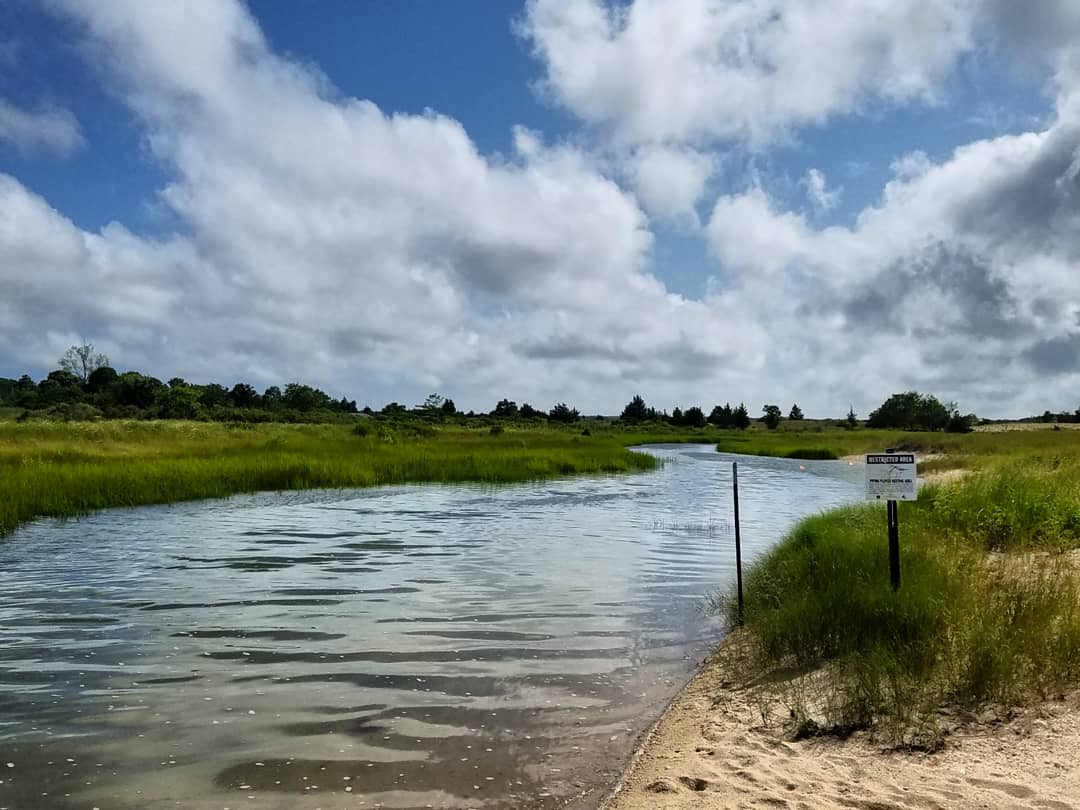
6. Estuaries help protect our coastlines. Salt marshes and other estuarine plants help combat sea level rise, reduce erosion, and buffer storm surges. This reduces the impact of flooding, which can cost us billions of dollars in damage. PEP works on restoring salt marshes and building living shorelines in the Peconic Estuary, which means using natural materials to bolster shorelines as an alternative to concrete seawalls and bulkheads.

7. They provide ecosystem services. As water flows from higher to lower elevations, it can carry nutrients, sediments, and pollutants. Wetlands like swamps and salt marshes can filter out these floating materials, which makes the water cleaner before it reaches surrounding estuarine waters. This is a valuable service that benefits both people and aquatic life and would otherwise cost us a large sum of money to replicate with man-made technology.
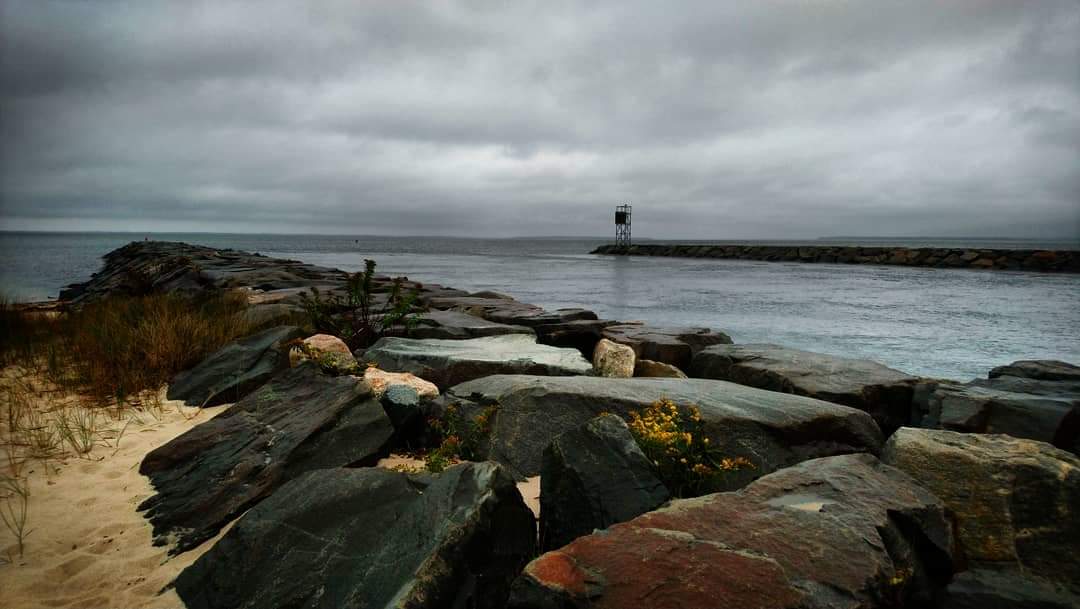
8. They are historically and culturally important to our area. Estuaries have long been used as ports along transportation routes. People began to colonize these areas for the abundant food and fishing. On Long Island, the Peconic Estuary has a long history of farming and fishing, especially shellfishing. Today the Peconic Estuary faces several threats, we must work together to protect it for the future.
Now that you may be feeling extra appreciative for our estuaries, check out our other post: 10 Ways to Show Love for Estuaries. Share this article with the hashtag #iheartestuaries to spread the love!
Sign up for News, Events and Information straight to your inbox.
